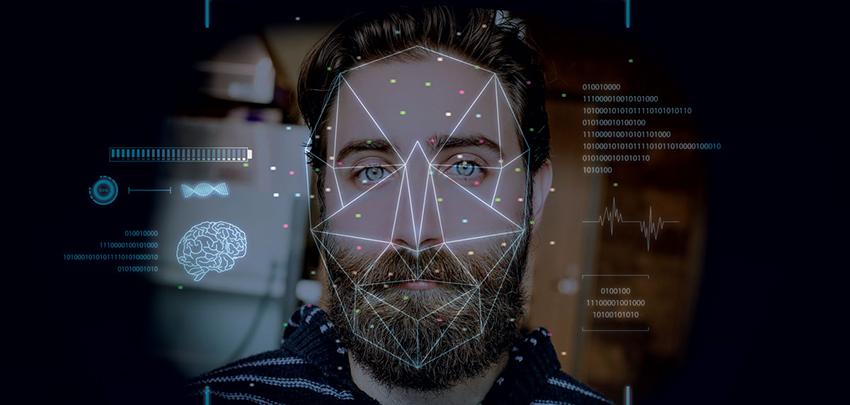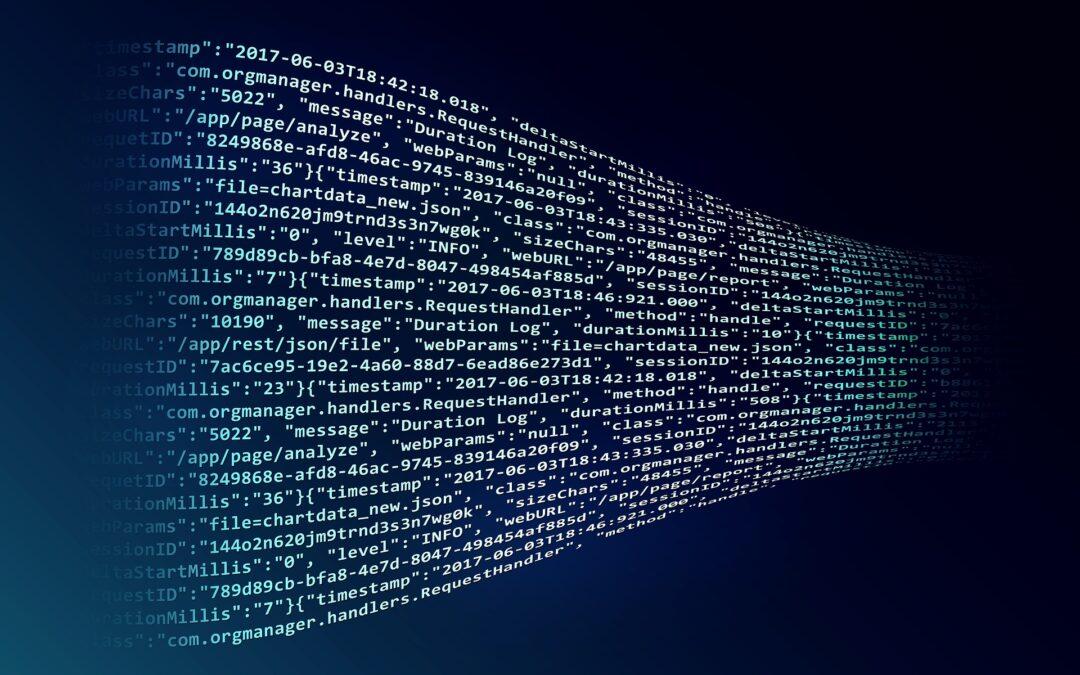Business Analytics (BA), also called Advanced Analytics, allows businesses to analyse their data to identify models, generate information to make strategic decisions, and automate processes by connecting intelligence and action.
Every day, every company produces a huge amount of data that must be “studied” to research trends, increase efficiency and verify any shortcomings or hidden problems.
This technique allows to digitize the business through a Data-Driven approach, going beyond the traditional monitoring and reporting of KPI (Key Performance Indicators) to find hidden models in the data.
As the latest trends show, Machine Learning and Deep Learning algorithms-oriented organizations are the new innovators and business leaders.
Methodologies of Business Analysis
The BA is a very broad field and the methodologies are constantly updated, they are usually divided according to purpose:
- Descriptive Analysis, the most widespread methodology that analyses and compares historical and current data to better understand what happens throughout the work process. This type of analysis is very useful if a company needs to understand how much the site is growing in terms of traffic in relation to a specific marketing initiative or a new advertising promotion.
- Predictive Analytics, it is critical to predict future changes based on current data. Complex algorithms can be used to develop models, uncover hidden issues, and analyse trends and mutations in customer buying habits. It is the right type of analysis to identify new business opportunities or verify if market expectations can be met. Early determination of benefits and possible risks is critical to making the best strategic decisions.
- Prescriptive Analysis: thanks to artificial intelligence the data analysis process becomes more complex in order to be able to interpret the collected information and formulate answers to find optimized and efficient solutions. The aim is to perfect the decision-making process, reducing the margin of error. Through the Prescriptive Analysis it is possible to provide the necessary indications for the improvement of performance.
Why is it important to set up a Business Analytics Strategy?
Business Analytics is the science that starting from the analysis of data has as its goal to draw conclusions coming to the most efficient solution to increase the performance of the enterprise.
Among the main advantages in adopting a Data-Driven approach we can find:
- Provide accurate reports and details of the actions taken
- Optimize marketing costs
- Identifying new business opportunities
- Analysing the behaviour of the target audience
- Helping to make the best strategic decisions
- Administering and optimizing data management
- Monitoring the return on investment
Using Business Analytics and analysing data and information to evaluate the best business strategy is a key advantage to remain competitive in the market.
Difference between Business Intelligence and Business Analytics
The line between Business Analytics and Intelligence is not as clear as you think. Their use in solving problems for the company, both in the medium-short and in the long term, is complementary and integrated.
Business Intelligence (BI) focuses on descriptive analysis (what and how) making a comparison between historical and current data available.
Business Analytics (BA), on the other hand, focuses on “why” something happens and provides predictions through predictive analytics, data mining and machine learning. In particular, in investigating a given phenomenon, the BA questions the causality relationships between two or more metrics. This is the most challenging part for all professionals in the industry since, in many cases, correlation does not imply causality.
Pragma Etimos & Business Analytics
At Pragma Etimos we are convinced that to increase business performance it is essential to adopt a Data-Driven approach in order to have a complete vision of your company and the target market.
Through Data Analytics and Data Quality techniques, we analyse structured and classified data (Intelligence Data Table) and use them as a basis for the construction of neuronal models, spatial links and semantic analysis.
The goal is to transform large masses of unstructured data into strategic information.
Learn more about our solutions:
- VULGARIS – Semantic Recognition Engine
- EFFIGIES – Video Recognition Engine
- POLYPHONIC – Audio Recognition Engine

BIOMETRIC IDENTIFICATION: FACE RECOGNITION AND FACE COMPARISON
Biometrics is increasingly used for the identification and authentication of a person through Face Recognition and Face Comparison technologies. Facial biometrics acquires a face from an image or video and transforms it into digital data based on the facial features:…

IMAGE & VIDEO RECOGNITION: AI THAT EXTRACTS VALUE FROM VISUAL DATA
There are more and more Artificial Intelligence solutions that allow machines to understand visual data. In particular, we can define that branch of AI that replicates the functions of the human visual apparatus such as Computer Vision. An example is Image & Video…

